We who work in end of life situations take care of the patient and the caregiver/ family. As end of life approaches, our attention and interactions revolve around the family/ caregiver as much as the patient. Our work involves creating trust with all involved as quickly as possible.
End of life work is time sensitive. We who serve need to establish a bond and trust by the end of our first visit. Time is the enemy here. Sensitive information, scary information, heart wrenching information will be shared and given.
How do we get beyond the social conventions of strangers meeting and getting to know and trust each other in a very short time? From the time we ring the doorbell for the first time, our bonding efforts begin. I begin with a handshake and introduction. “Hi, my name is Barbara. I’m going to be your hospice nurse” (or admission nurse, or social worker, or home health aide, or chaplain).
Now sit down and get acquainted before actual work begins. This get-acquainted time is as important as all the other work you will do. You’re beginning to build the trust, the comfort that is necessary for each other part of your work.
“Tell me how you’re doing? How is John doing? Tell me a bit about how everything is going for you right now.” While having this conversation, sit next to the person — not across the room, not across a table. You want to be able to touch, to feel close. Without words, you are creating a kinship with which to build trust. No laptops or tablets in sight. No paperwork. This is get-acquainted time, person-to-person time while mentally gathering information.
Then go see John and do your assessment. Much depends upon where John is in the dying process. Is he responsive? If so, maybe he was with you during this get-acquainted time. This would indicate he is probably months from death. Is he in bed, confused, in and out of awareness? Then he is probably weeks from death. Is he non-responsive? Then you assess he is probably days from death.
Where he is in the dying process will determine how you interact with him and the kind of bond you can make with him. It will also be the determining factor in the amount of visits you will be making. (My recommendation: if months, then once a week. If weeks, then two or three times a week, and if imminent, then every day, sometimes twice a day.)
Our assessment visit finished, we can now explain there is paperwork required. “Let’s sit in the kitchen (or wherever) and get the business part and paperwork signed.”
The visit is now complete. When leaving, and with all future visits, ask these questions. “Have you understood everything we’ve talked about today? Do you have any questions you want to ask me? Is there anything else you want us to talk about?” Remind them of the on call 24/7 availability.
As I leave the doorway, I again shake hands. Being the hugger that I am, by the end of most visits the caregiver and I will hug. Sometimes simply saying “I’m a hugger. Can I give you a hug?” brings the visit to a satisfying end. A connection has begun.
Something more… about Establishing a Bond- The Admission Visit
During the first visit I would like to see the “essential bundle” be shared with the family/caregivers: Gone From My Sight (“the hospice blue book”), The Eleventh Hour, and Always offer, Never Force: Food At End of Life. Gone From my Sight tells what is happening. The Eleventh Hour offers ideas of what to do while it is happening. Always Offer, Never Force suggests a way of giving the most nutrition for as long as possible. Families need this guidance after you have left and they can’t remember what you’ve explained due to fear and stress.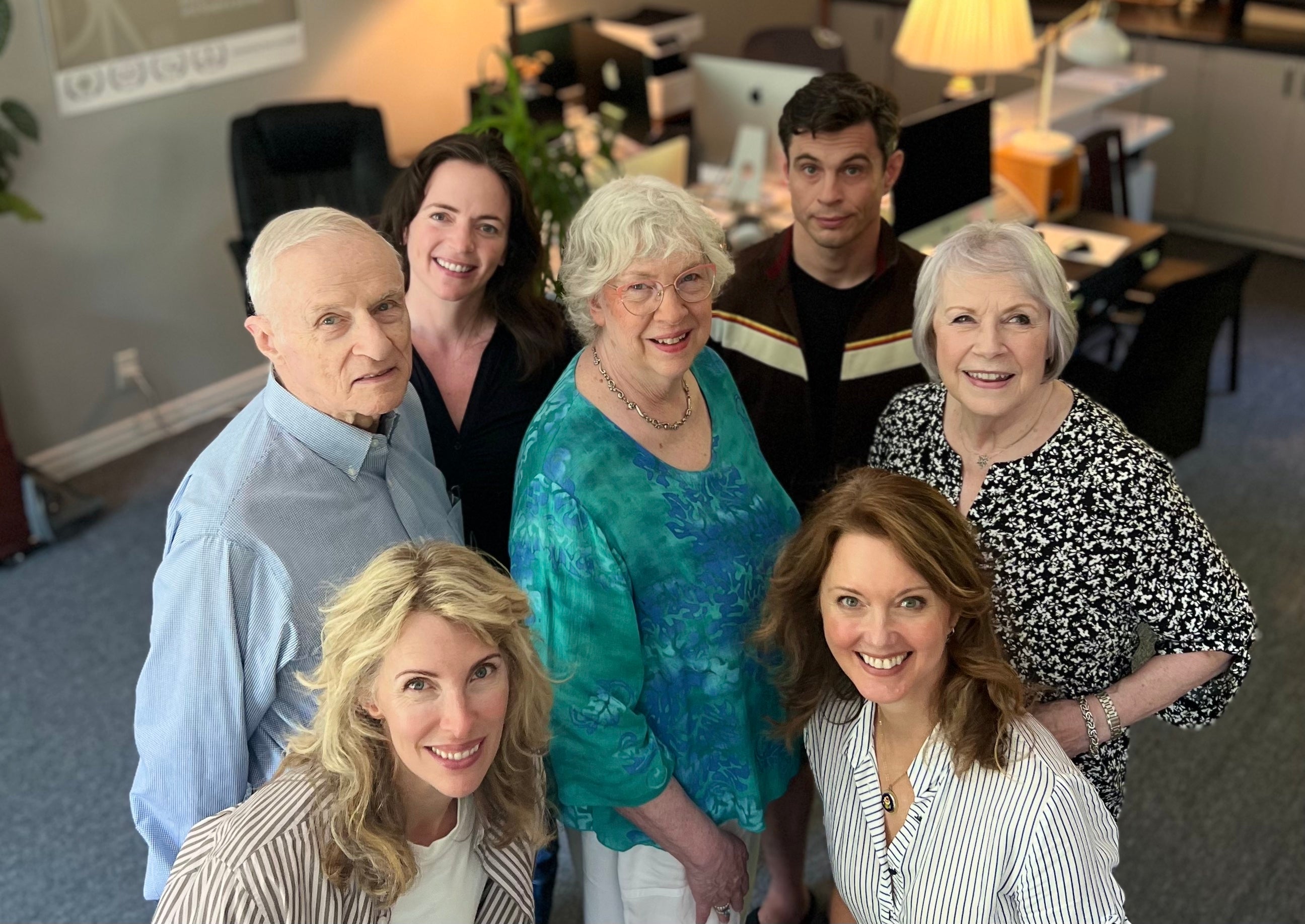

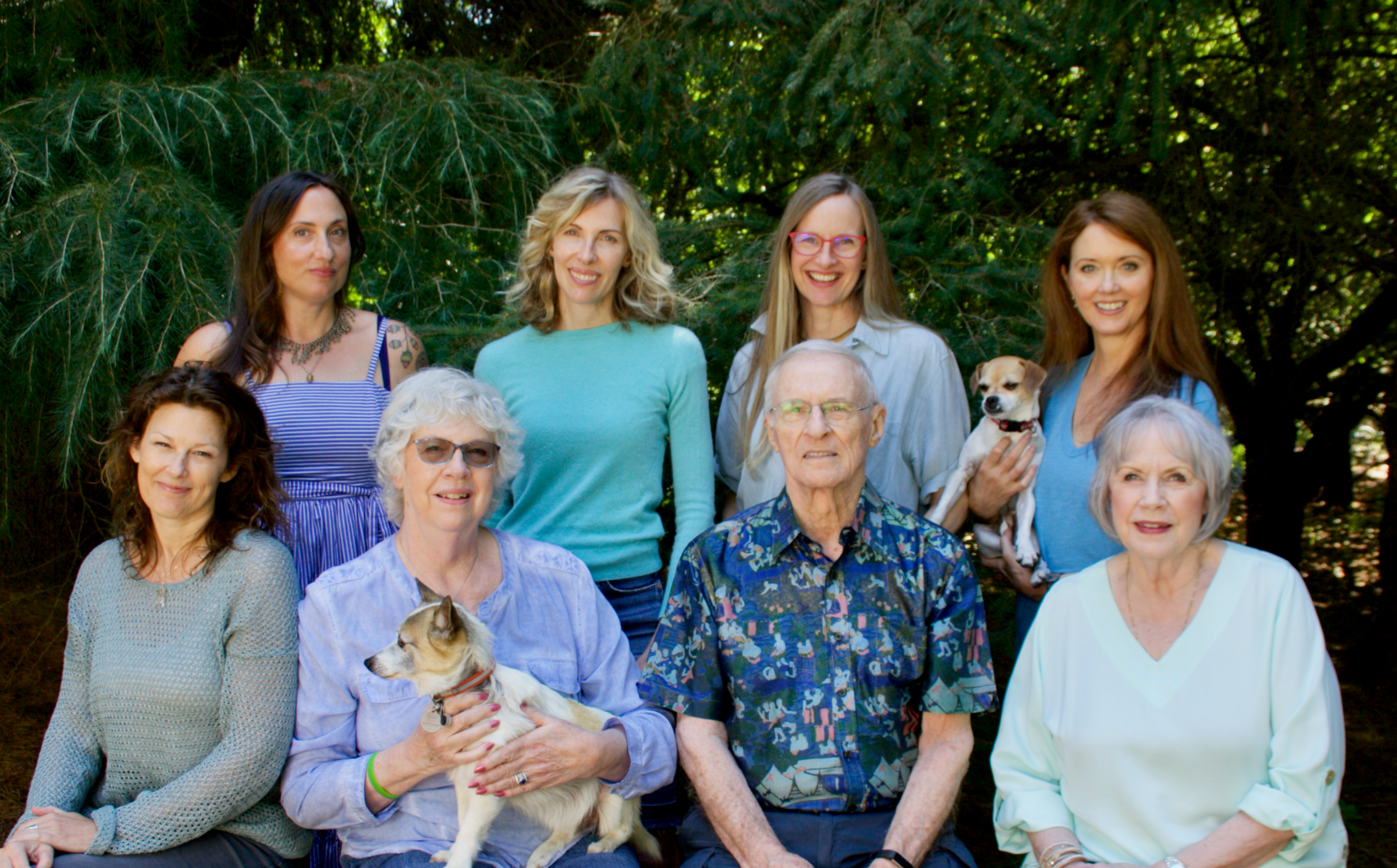
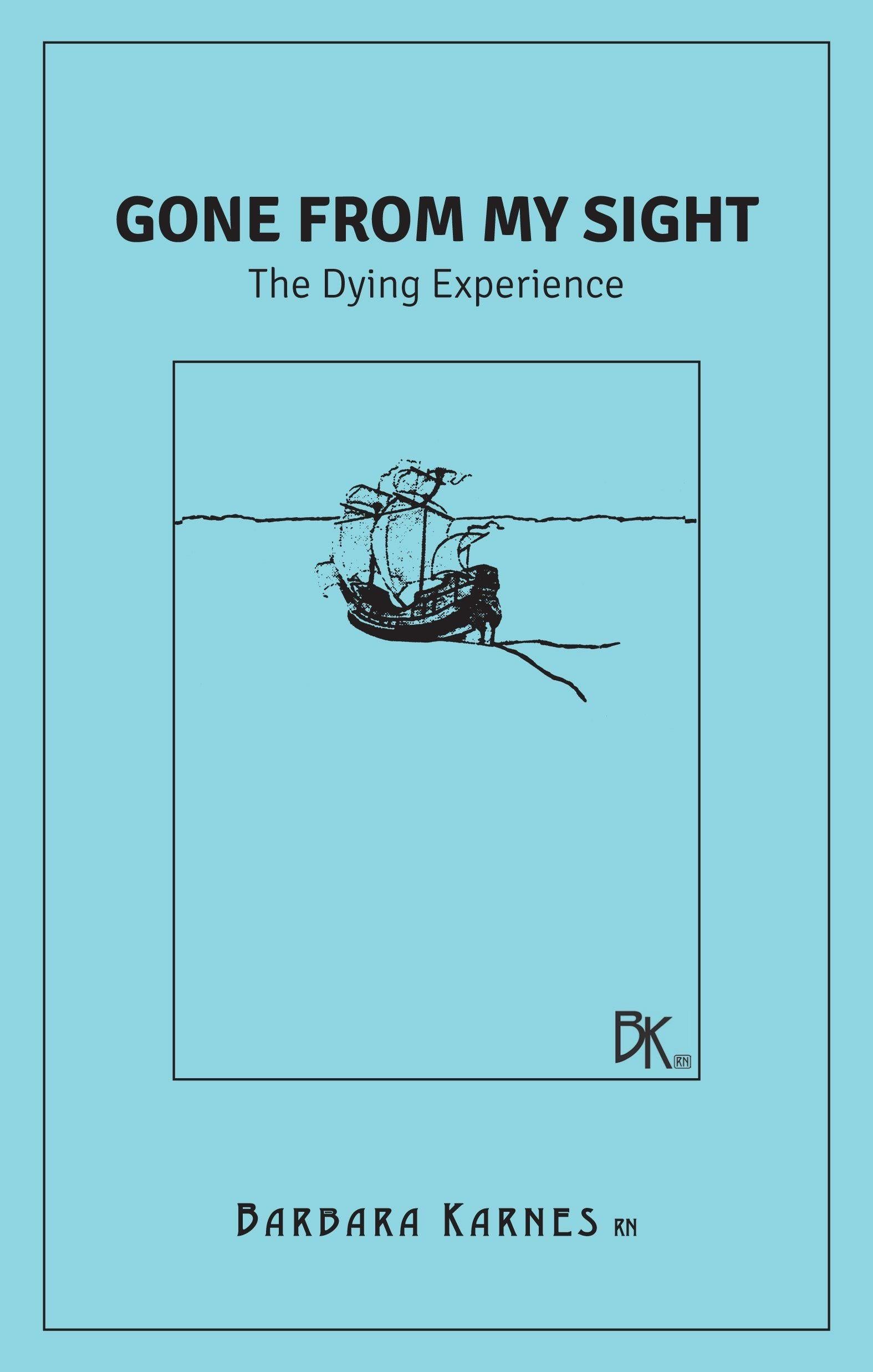

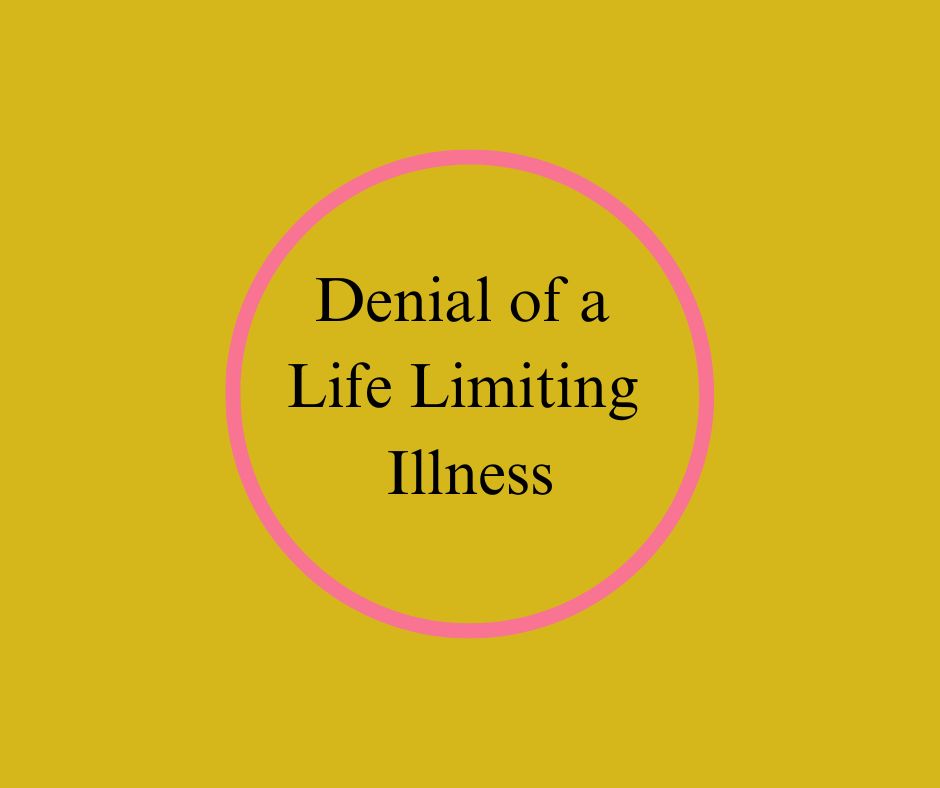
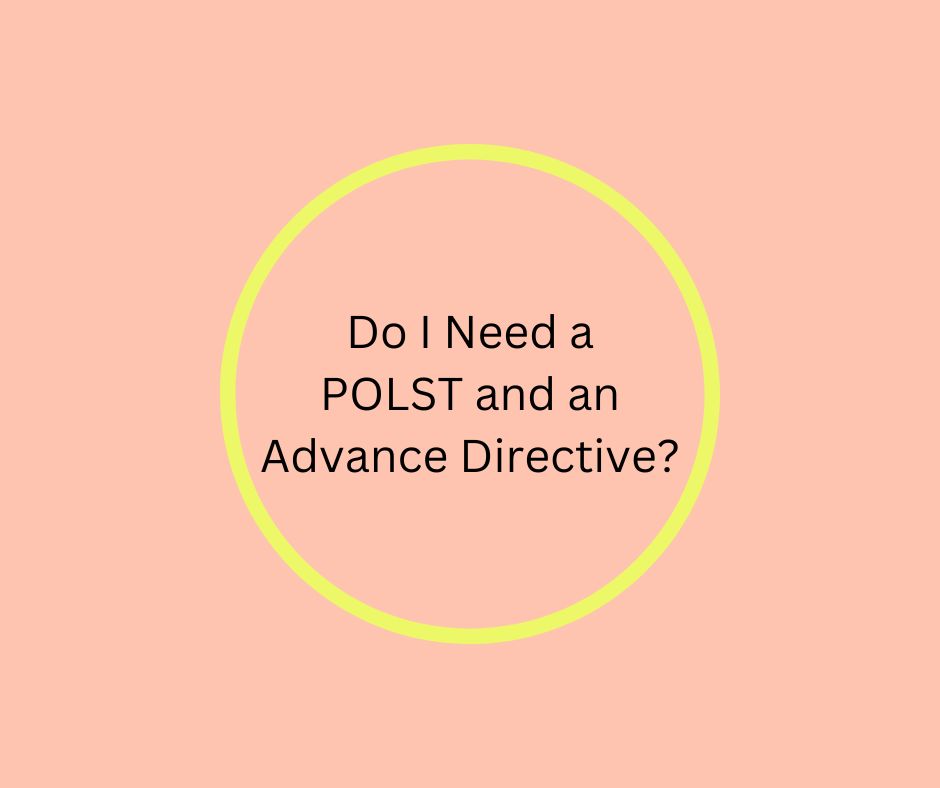
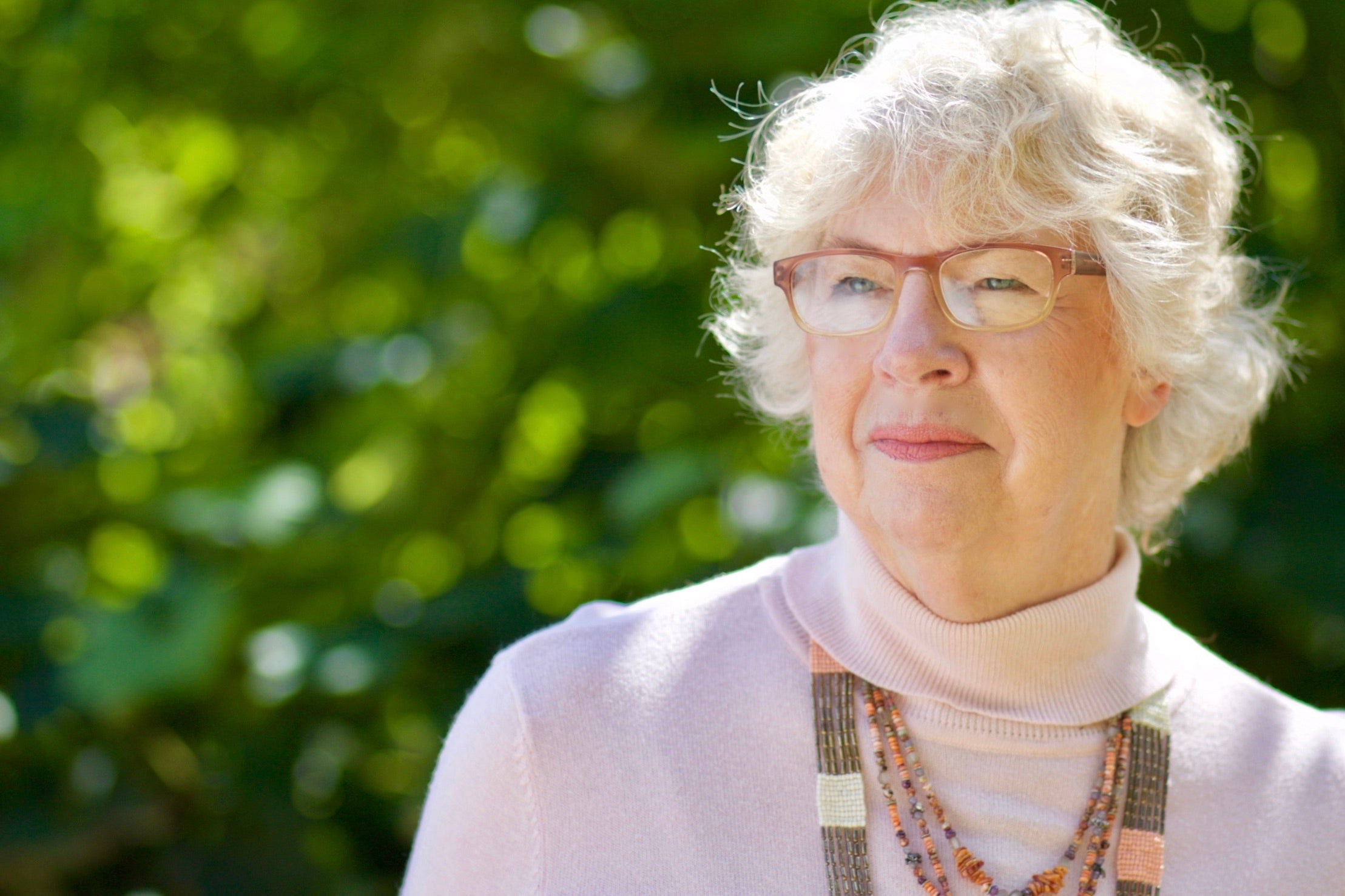
3 comments
Yaffa B.
Dearest Barbara-
As a hospice RN, I loooooooove doing admissions but despise the “obtaining of consents” paperwork. In an ideal world. alllllll of my time could be exactly as you describe. When I do an admission, I leave knowing my people are informed. I leave happy, grateful and full of enthusiasm. But the 4 hours on average I need to complete the documentation of an admission exhausts me. I will never willingly leave hospice, I love it far too much. The documentation will probably be my eventual EOL. Since I’m the OC night nurse, I can just BE with my patients, so I am grateful. Just needed to be really vulnerable and honest about the business side of things. It’s not my forte.
BTW, I’m a hugger too. I have looked up to you for 5 years and buy your literature often for my coworkers & patients. Thank you for igniting the light on my calling. I love you.
———
BK Books replied:
Hi Yaffa, You are describing what I hear from hospices throughout the country. Nurses wanting and trying to give compassionate, personalized care BUT the detailed, time consuming paperwork plus time constraints and patient load inhibit the personalized care that is so desperately needed. Blessings to you and the great work you are doing. Barbara
Dearest Barbara-
As a hospice RN, I loooooooove doing admissions but despise the “obtaining of consents” paperwork. In an ideal world. alllllll of my time could be exactly as you describe. When I do an admission, I leave knowing my people are informed. I leave happy, grateful and full of enthusiasm. But the 4 hours on average I need to complete the documentation of an admission exhausts me. I will never willingly leave hospice, I love it far too much. The documentation will probably be my eventual EOL. Since I’m the OC night nurse, I can just BE with my patients, so I am grateful. Just needed to be really vulnerable and honest about the business side of things. It’s not my forte.
BTW, I’m a hugger too. I have looked up to you for 5 years and buy your literature often for my coworkers & patients. Thank you for igniting the light on my calling. I love you.
———
BK Books replied:
Hi Yaffa, You are describing what I hear from hospices throughout the country. Nurses wanting and trying to give compassionate, personalized care BUT the detailed, time consuming paperwork plus time constraints and patient load inhibit the personalized care that is so desperately needed. Blessings to you and the great work you are doing. Barbara
Traci Eaton
What the care giver needs is a ‘guardian ad litum’. That is not the Hospice or Physician service job although it should be . Perhaps it is the job of the Death Doula but that is not the impression I get. A GaL is the second pair of ears, eyes and hands to vet the contact between the family/ primary care giver and the patient if they are mentally capable of participating and the “medical/nursing/hospice” care system. This might be an “End of Life” Social worker who understands the public(medicare) and private services available in the local area, the laws if there is one in their state regulating DWD statutes, how local medical care institutions define and administer palliative care to patients who request it or have end of life care documents on file. Ie. DNR, DNI, Organ Donor, etc. Of course this all assumes that people really want to know how best to navigate this very normal but socially taboo subject. (The 1880s called, they want their mourning veils back).
Don’t know how we get there from here but I am 78 years old, dying of advanced old age (no active terminal illness diagnosed) and have a long list of quality of life game changers. Trying to learn all this for myself is going to kill me from exhaustion long before any disease entity does.
———
BK Books replied:
It is hospice personnel and End of LIfe Doulas job to provide the care you described — and more. Blessings to you. Barbara
What the care giver needs is a ‘guardian ad litum’. That is not the Hospice or Physician service job although it should be . Perhaps it is the job of the Death Doula but that is not the impression I get. A GaL is the second pair of ears, eyes and hands to vet the contact between the family/ primary care giver and the patient if they are mentally capable of participating and the “medical/nursing/hospice” care system. This might be an “End of Life” Social worker who understands the public(medicare) and private services available in the local area, the laws if there is one in their state regulating DWD statutes, how local medical care institutions define and administer palliative care to patients who request it or have end of life care documents on file. Ie. DNR, DNI, Organ Donor, etc. Of course this all assumes that people really want to know how best to navigate this very normal but socially taboo subject. (The 1880s called, they want their mourning veils back).
Don’t know how we get there from here but I am 78 years old, dying of advanced old age (no active terminal illness diagnosed) and have a long list of quality of life game changers. Trying to learn all this for myself is going to kill me from exhaustion long before any disease entity does.
———
BK Books replied:
It is hospice personnel and End of LIfe Doulas job to provide the care you described — and more. Blessings to you. Barbara
Sue
I cared for my husband for 12 weeks with the help of two wonderful women from hospice. At the end I felt I had two new friends.
The only suggestion I would have is to make sure the caregiver/family really understand that Hospice people are not going to be there all the time. We saw each of our two twice a week. A neighbor had the same team several months later for his wife. Told me he was upset because they didn’t come very often or stay very long. He obviously had not understood how the program works. I felt badly for him. I was lucky to have 2 weeks to get hospice set up and do lots of research. I was very well aware I was the main caregiver 24/7.
———
BK Books replied:
Sue, good point. A lot of misunderstanding about hospice services is a lack of knowledge of what it can and cannot offer. It is the hospice’s job to make their services clear. Blessings! Barbara
I cared for my husband for 12 weeks with the help of two wonderful women from hospice. At the end I felt I had two new friends.
The only suggestion I would have is to make sure the caregiver/family really understand that Hospice people are not going to be there all the time. We saw each of our two twice a week. A neighbor had the same team several months later for his wife. Told me he was upset because they didn’t come very often or stay very long. He obviously had not understood how the program works. I felt badly for him. I was lucky to have 2 weeks to get hospice set up and do lots of research. I was very well aware I was the main caregiver 24/7.
———
BK Books replied:
Sue, good point. A lot of misunderstanding about hospice services is a lack of knowledge of what it can and cannot offer. It is the hospice’s job to make their services clear. Blessings! Barbara